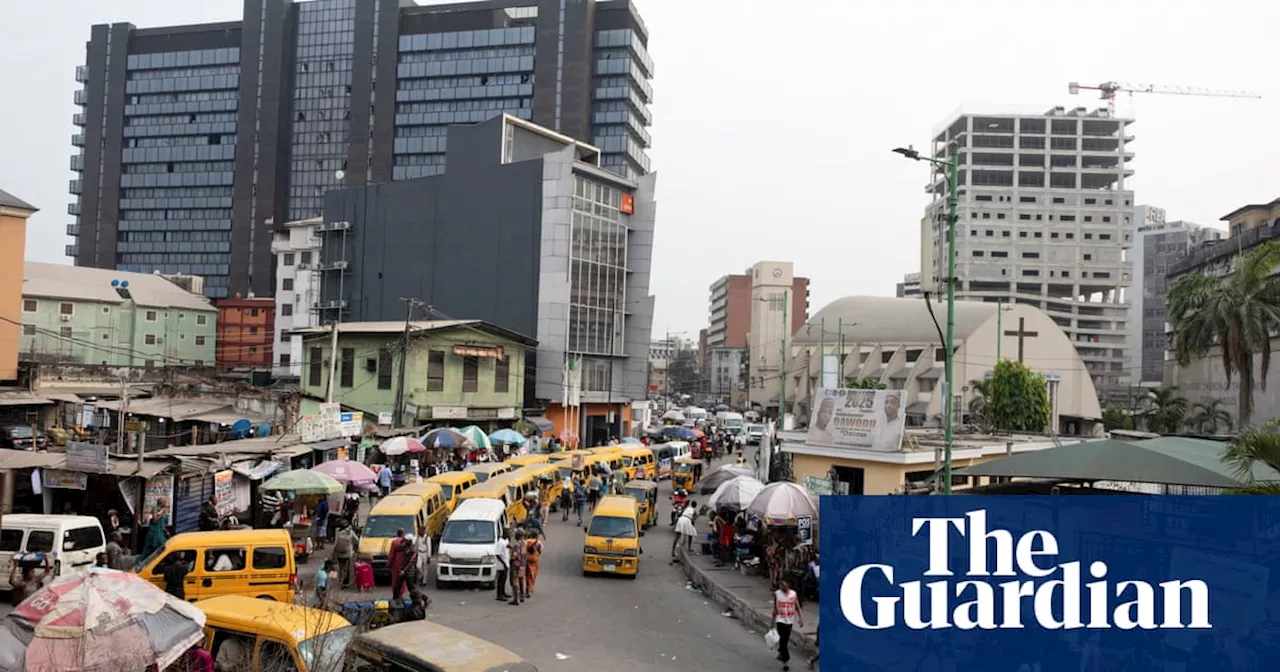While Nigerian politicians envision Lagos as a Dubai-like metropolis, Refuge Island, a community off the coast of Lagos, struggles with poverty and lack of basic amenities like electricity, clean water, and healthcare. Residents rely on generators and improvised filters for water, and the island lacks a hospital or properly functioning school. Despite its potential for tourism, Refuge Island's residents feel forgotten by the government, receiving only occasional short-term aid.
Politicians in Nigeria hope the country’s largest city will one day look like Dubai, but on nearby Refuge Island people live without electricityA dozen communities live on the island, which lies in a lagoon on the eastern fringes of Lagos and takes its name from the arrival of enslaved people fleeing the hinterland of westernFor power, its residents, mostly fishers or cassava, rice and corn farmers, rely on generators running on fuel that has become costly since a subsidy was scrapped.
Running east to west below Refuge Island is the Lekki peninsula, which has since the 1990s undergone rapid development that has made it one of Nigeria’s most prosperous neighbourhoods, home to upmarket malls, a recently launched deepwater seaport, and the world’s largest single-train oil refinery.Beyond the refinery and port, two forgotten islands lie hidden in plain sight in the lagoon: uninhabited Ita-Oko, which used to host a prison and then a drug rehabilitation centre, and Refuge Island.
There are many riverine communities around Lagos that have been left behind by the boom times and often lack basic amenities. Some house the descendants of people who migrated from the Benin Republic a century or more ago.
Nigeria Lagos Refuge Island Development Inequality Poverty
Australia Latest News, Australia Headlines
Similar News:You can also read news stories similar to this one that we have collected from other news sources.
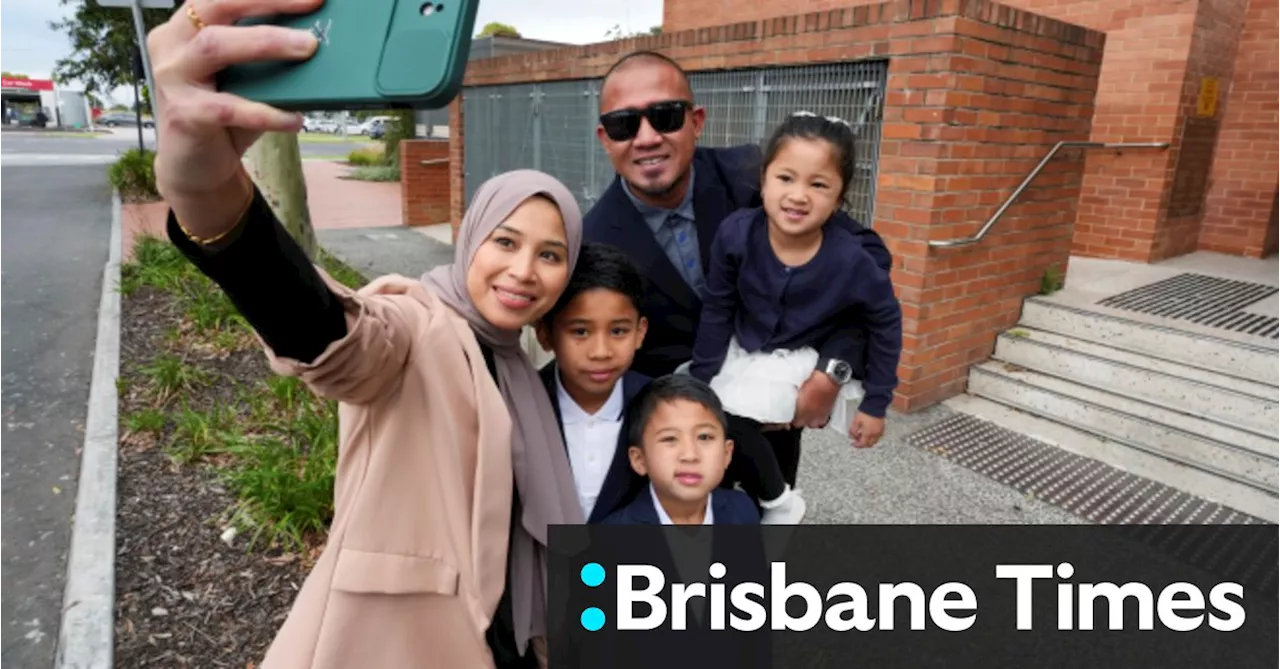 Iraqi Immigrants Find Refuge and Opportunity in AustraliaRiyadh Ato and Huda Qadso, Iraqi immigrants who recently became Australian citizens, express their gratitude for the country's welcoming atmosphere and opportunities, contrasting their experiences in war-torn Mosul with their newfound peace and security in Australia.
Iraqi Immigrants Find Refuge and Opportunity in AustraliaRiyadh Ato and Huda Qadso, Iraqi immigrants who recently became Australian citizens, express their gratitude for the country's welcoming atmosphere and opportunities, contrasting their experiences in war-torn Mosul with their newfound peace and security in Australia.
Read more »
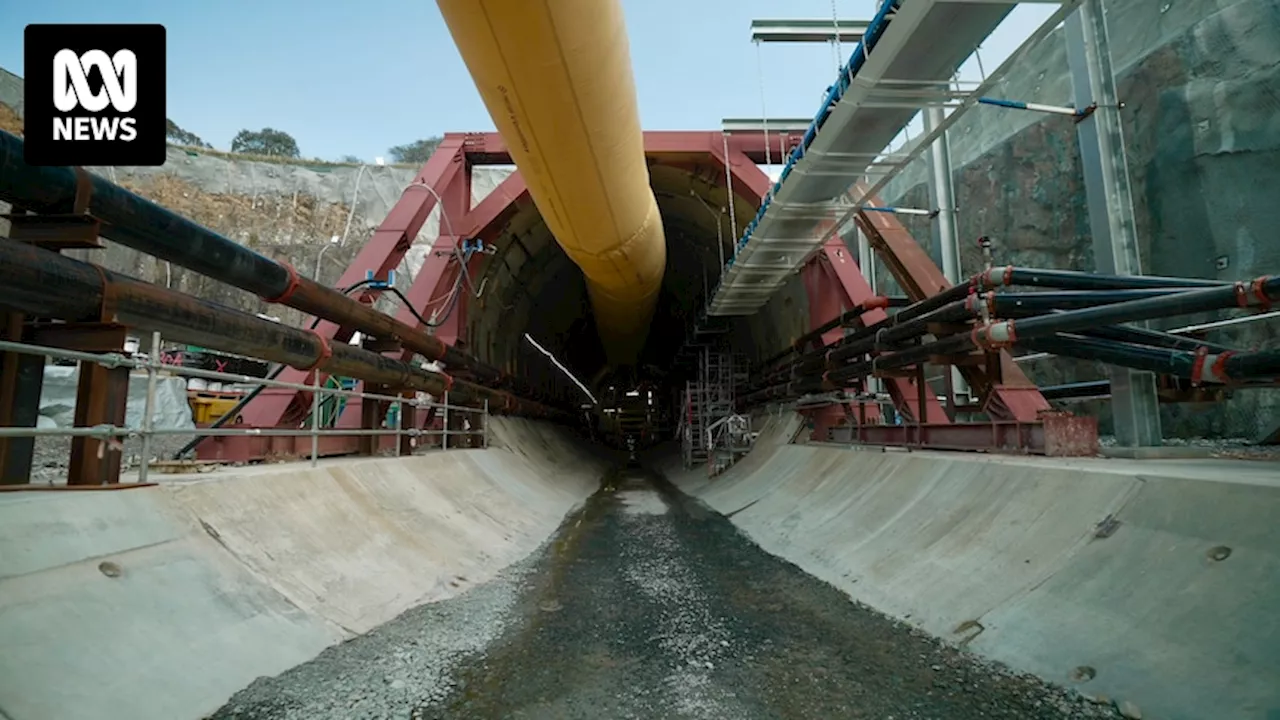 Work on Snowy 2.0 tunnels stopped after 'refuge chambers' concernsThe trouble-plagued Snowy Hydro 2.0 project has been hit with another delay, as work stopped on two key tunnelling projects.
Work on Snowy 2.0 tunnels stopped after 'refuge chambers' concernsThe trouble-plagued Snowy Hydro 2.0 project has been hit with another delay, as work stopped on two key tunnelling projects.
Read more »
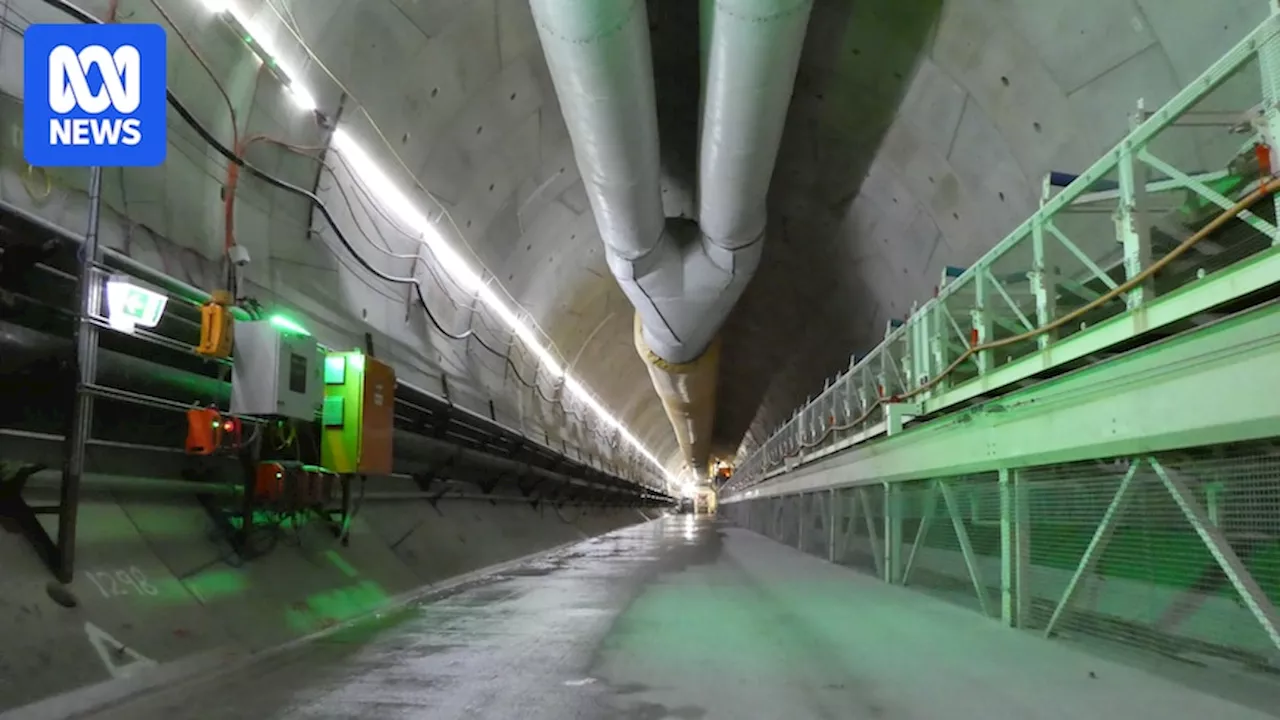 Snowy 2.0 Work Halted Over Safety Concerns Regarding Refuge ChambersWork on three major tunnelling projects at the Snowy 2.0 pumped hydro site has been halted due to safety concerns raised by unions about 'refuge chambers'. The Australian Workers Union (AWU) argues that workers are not adequately trained in using these chambers, designed to protect them in case of emergencies like tunnel collapses. This latest delay adds to the project's already troubled timeline, raising concerns about its ability to meet the 2027 target for power production.
Snowy 2.0 Work Halted Over Safety Concerns Regarding Refuge ChambersWork on three major tunnelling projects at the Snowy 2.0 pumped hydro site has been halted due to safety concerns raised by unions about 'refuge chambers'. The Australian Workers Union (AWU) argues that workers are not adequately trained in using these chambers, designed to protect them in case of emergencies like tunnel collapses. This latest delay adds to the project's already troubled timeline, raising concerns about its ability to meet the 2027 target for power production.
Read more »
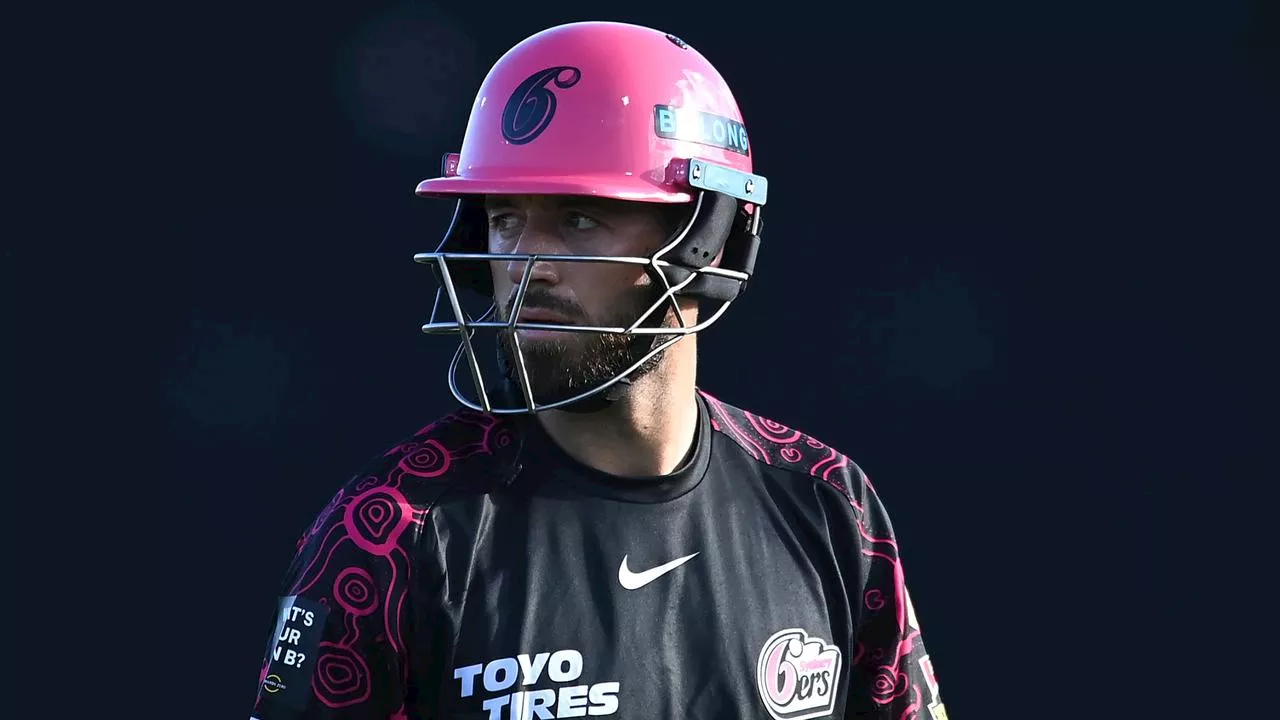 James Vince Steps Down as Hampshire Captain, Relocates to Dubai Following Family AttacksAfter a decade as captain and facing personal challenges, James Vince will be stepping down from his role at Hampshire and moving to Dubai with his family.
James Vince Steps Down as Hampshire Captain, Relocates to Dubai Following Family AttacksAfter a decade as captain and facing personal challenges, James Vince will be stepping down from his role at Hampshire and moving to Dubai with his family.
Read more »
 Hatton's Tee Box Tirade: Can He Overcome Anger to Win Dubai Desert Classic?Tyrrell Hatton's frustration boils over as he damages a tee box during the Dubai Desert Classic. Can he manage his temper and overcome the one-shot deficit to Daniel Hillier?
Hatton's Tee Box Tirade: Can He Overcome Anger to Win Dubai Desert Classic?Tyrrell Hatton's frustration boils over as he damages a tee box during the Dubai Desert Classic. Can he manage his temper and overcome the one-shot deficit to Daniel Hillier?
Read more »
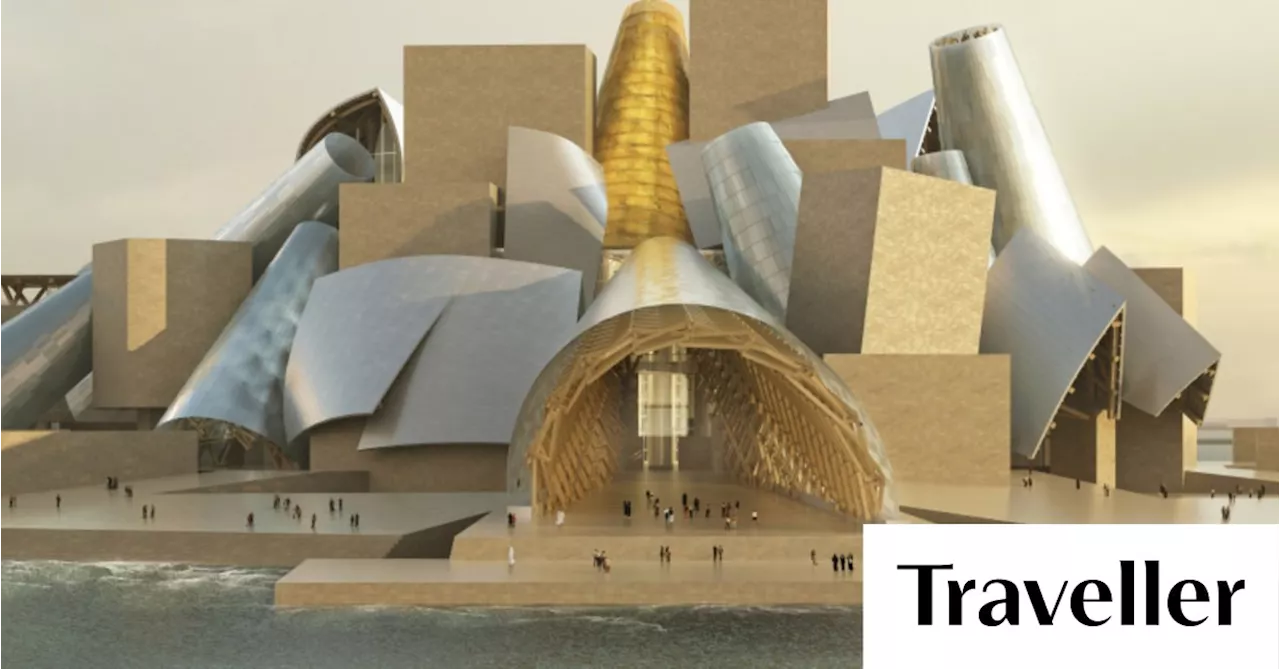 Abu Dhabi's Cultural Boom: A Challenge to Dubai's Glitter?Abu Dhabi is set to rival Dubai's glitz and glamour with a series of ambitious cultural projects slated for completion in 2025. The Saadiyat Cultural District, a 2.5-square-kilometer expanse, will welcome the highly anticipated Guggenheim Abu Dhabi, designed by Frank Gehry. Joining the Louvre Abu Dhabi, which opened in 2017, the Guggenheim will showcase contemporary art in a building inspired by traditional Middle Eastern architecture. The district also boasts the teamLab Phenomena, a permanent venue for the Japanese multisensory art collective, and the Zayed National Museum, designed by Foster + Partners with its striking butterfly-wing inspired structures.
Abu Dhabi's Cultural Boom: A Challenge to Dubai's Glitter?Abu Dhabi is set to rival Dubai's glitz and glamour with a series of ambitious cultural projects slated for completion in 2025. The Saadiyat Cultural District, a 2.5-square-kilometer expanse, will welcome the highly anticipated Guggenheim Abu Dhabi, designed by Frank Gehry. Joining the Louvre Abu Dhabi, which opened in 2017, the Guggenheim will showcase contemporary art in a building inspired by traditional Middle Eastern architecture. The district also boasts the teamLab Phenomena, a permanent venue for the Japanese multisensory art collective, and the Zayed National Museum, designed by Foster + Partners with its striking butterfly-wing inspired structures.
Read more »
